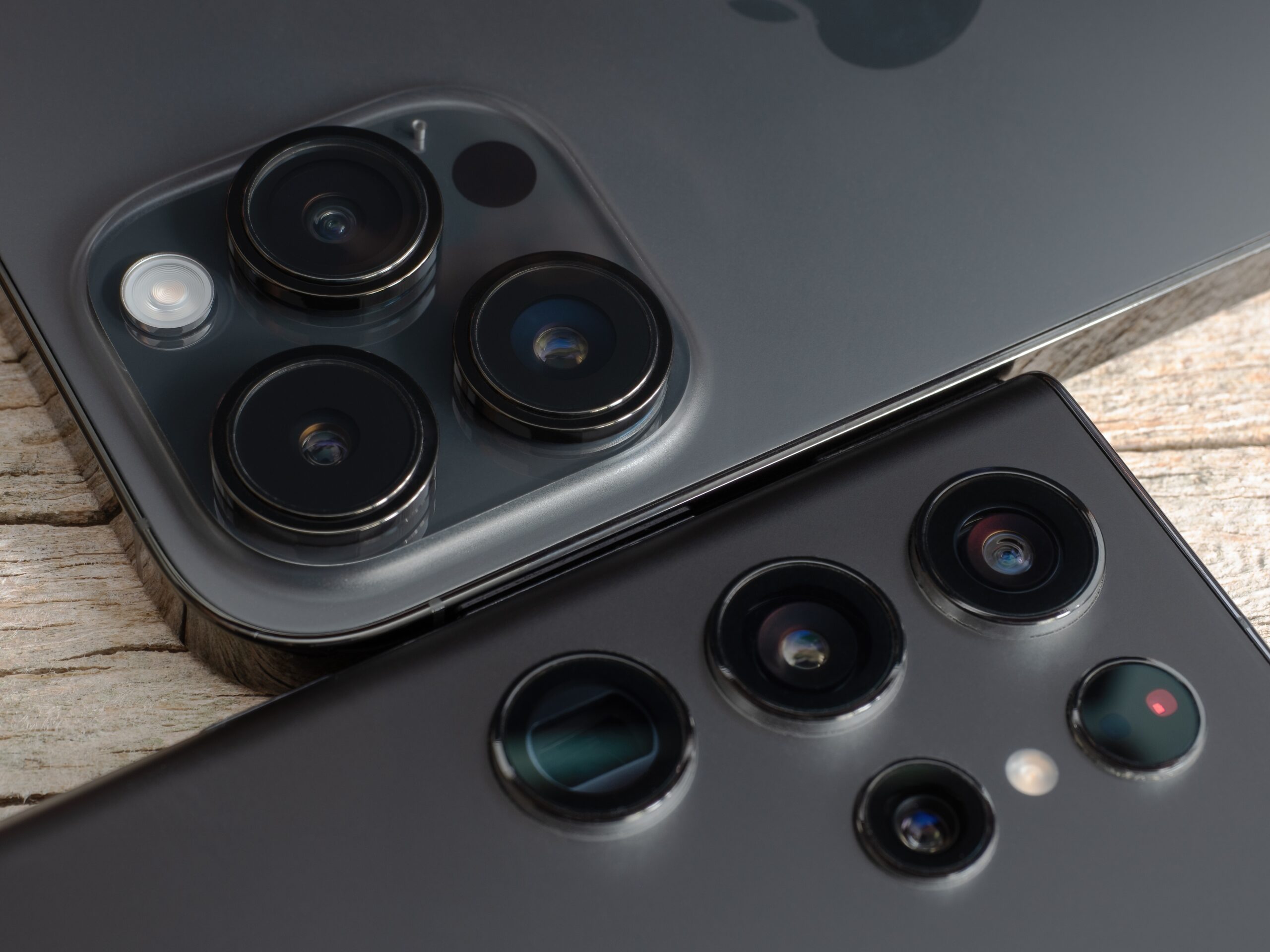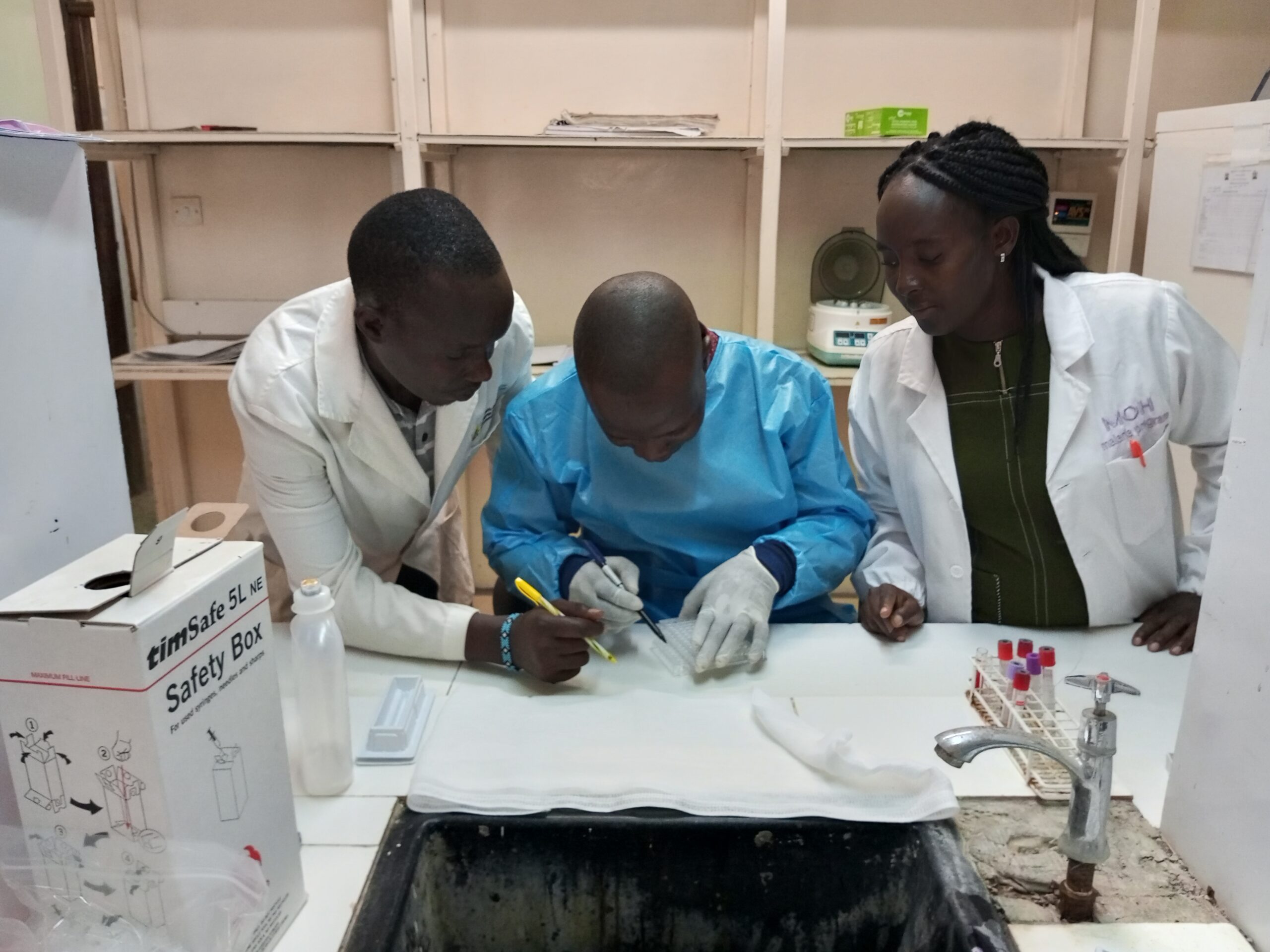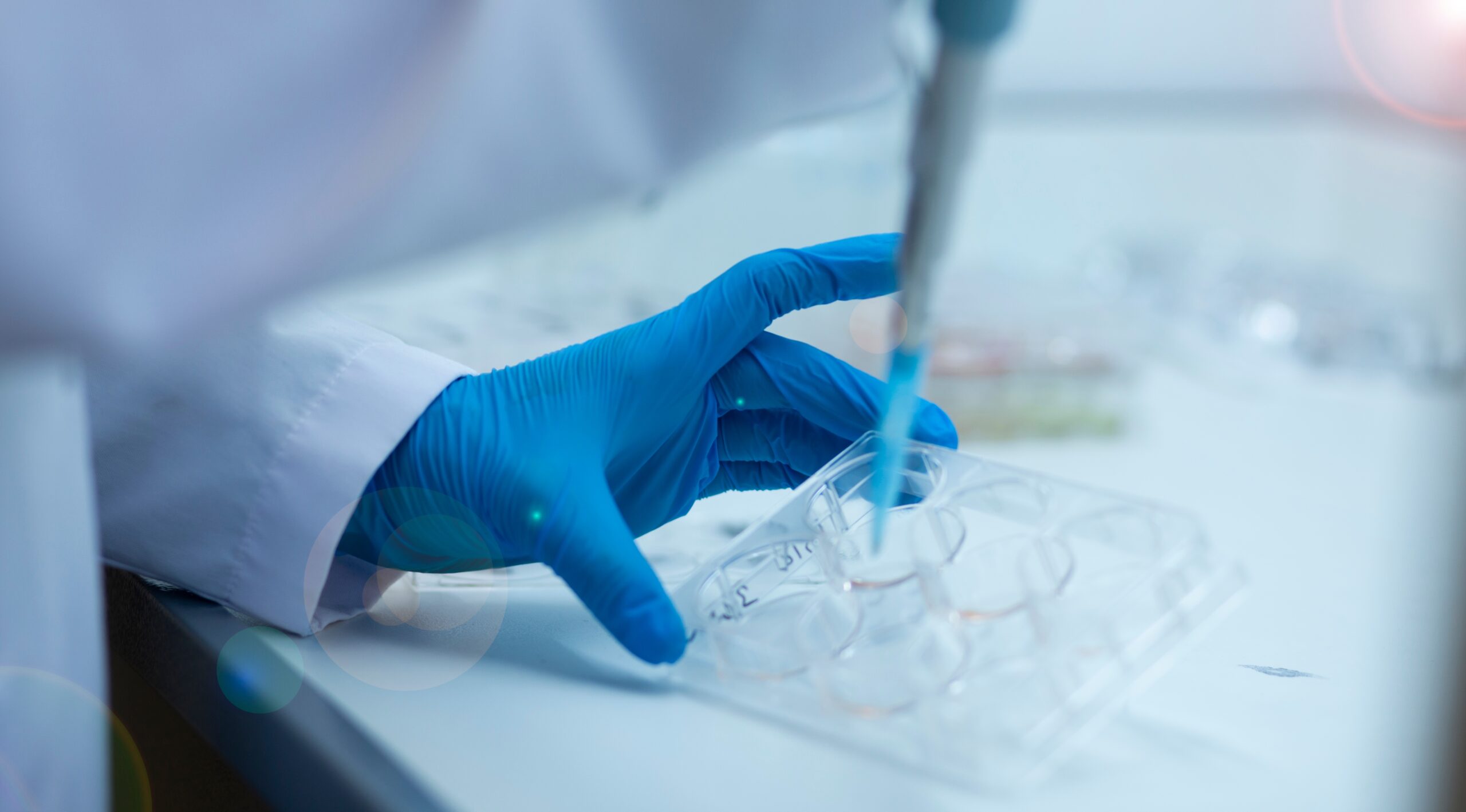Drugs & Diagnostics for Tropical Diseases: Developing a smartphone app to detect neglected tropical diseases
A mobile app that uses smartphone cameras to read lateral flow tests to improve the detection and monitoring of lymphatic filariasis and onchocerciasis

Overview
We are supporting Drugs & Diagnostics for Tropical Diseases (DDTD) and the mobile technology company Novarum Dx, to assess the effectiveness of using smartphone technology to diagnose and monitor lymphatic filariasis and onchocerciasis.
DDTD has developed rapid and easy-to-use tests for these two NTDs, which are now being integrated with Novarum Dx’s app to convert smartphone cameras into reliable diagnostic readers. Field trials in Asia and sub-Saharan Africa will measure the app’s accuracy in reading test results and its ease of use for healthcare workers.
Success in this project could open doors for more reliable, technology-driven diagnostics that overcome common logistical challenges and reduce cost in remote or resource-limited areas.
About lymphatic filariasis and onchocerciasis
NTDs, a diverse group of 21 diseases, affect over 100 million people worldwide, predominantly in tropical regions. Often impacting impoverished communities, these diseases lead to severe health, social, and economic consequences.
Lymphatic filariasis, also known as elephantiasis, causes painful swelling and can lead to permanent disabilities. It affects over 800 million people globally. Onchocerciasis, or river blindness, causes intense itching, skin damage, and even blindness, with 99% of cases occurring in sub-Saharan Africa. Limited access to early diagnostics and treatment perpetuates the cycle of poverty and disease among affected populations, making effective, accessible solutions critical.
Impact of the project
If successful, this smartphone-based diagnostic tool could provide a reliable, cost-effective testing method. The app may help accelerate early detection, streamline treatment, and offer valuable data for tracking disease patterns.
In addition, automated data storage in cloud systems will improve accuracy in test result management and provide essential information for health authorities to allocate resources more effectively. This approach aligns with the World Health Organization’s standards for rapid diagnostic tests, offering a potential model for future NTD and global health applications.
Contact us
In submitting your personal data via this form, you consent to being contacted via the details provided so that your enquiry can be responded to. If you would like your data to be removed, please email info@lifearc.org.
Please see our Privacy Policy in relation to the personal data you submit to us through this page.



